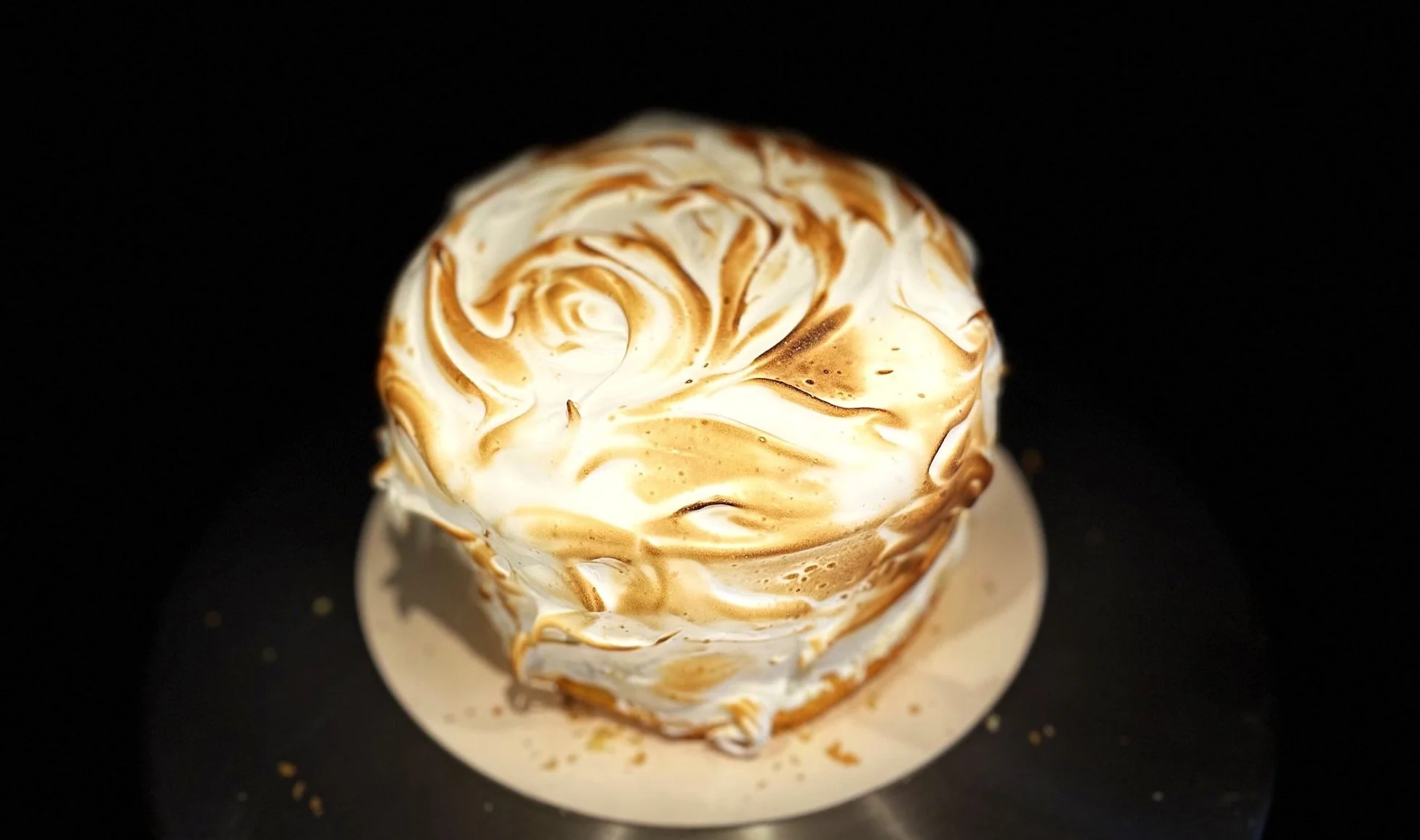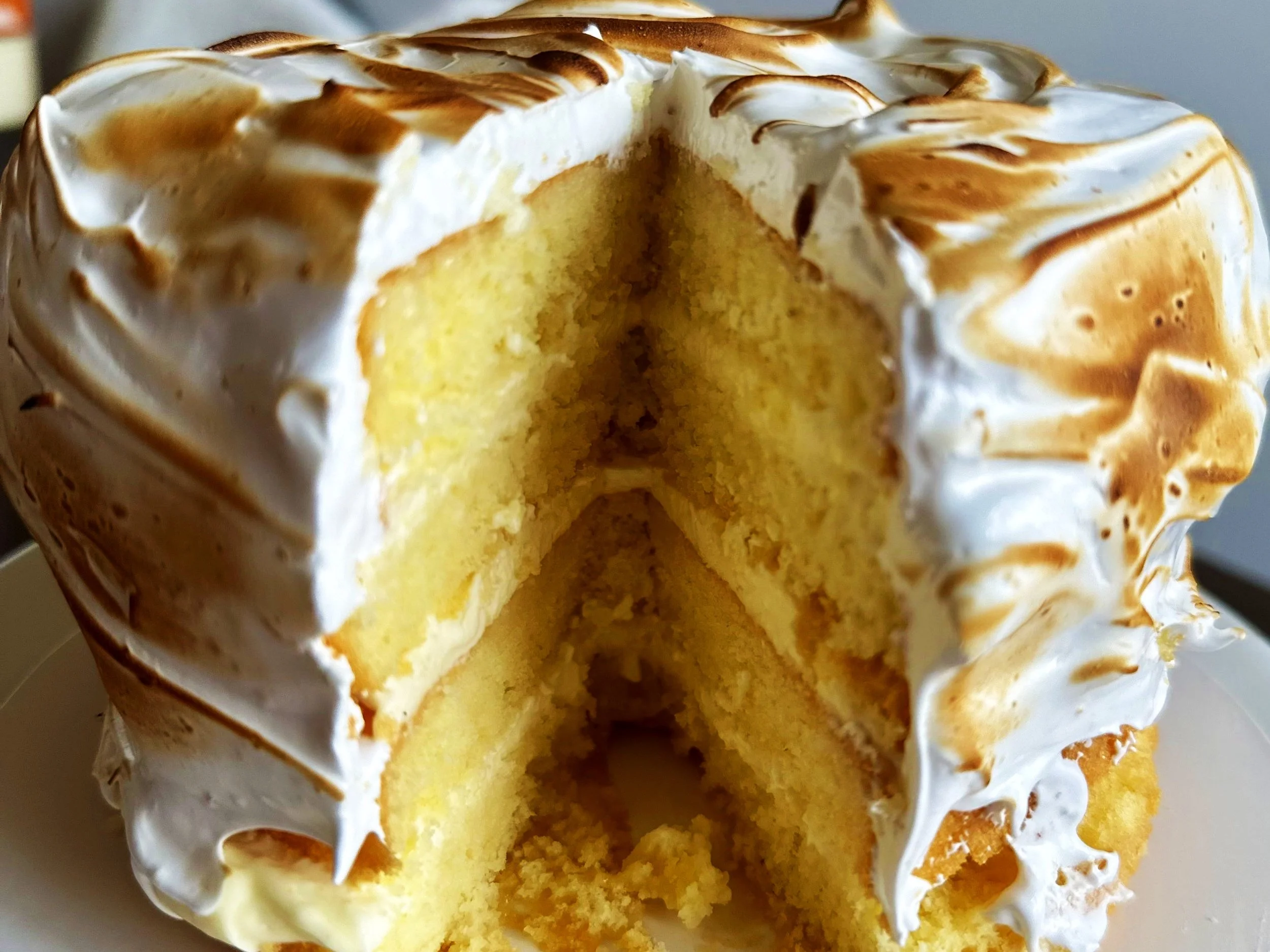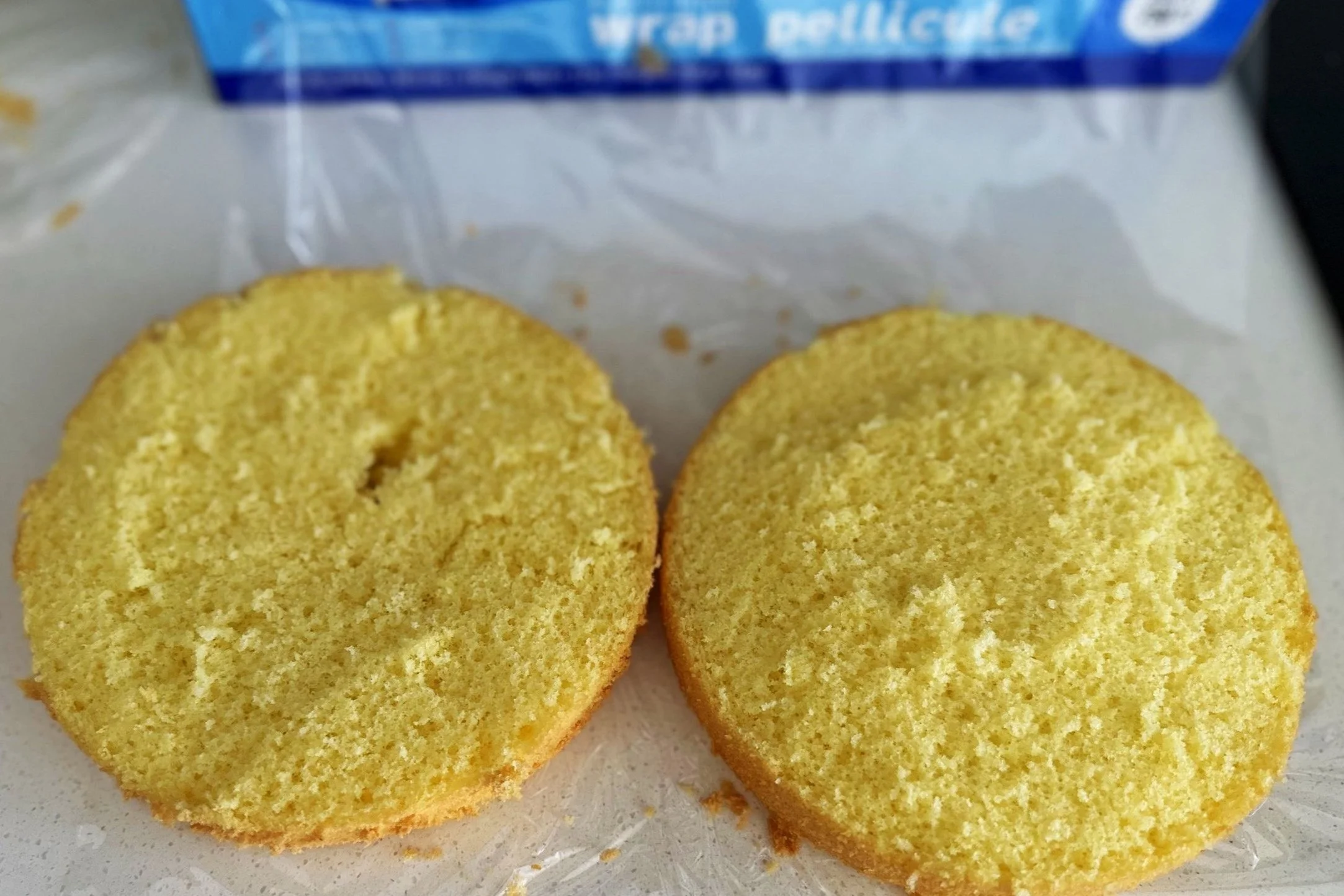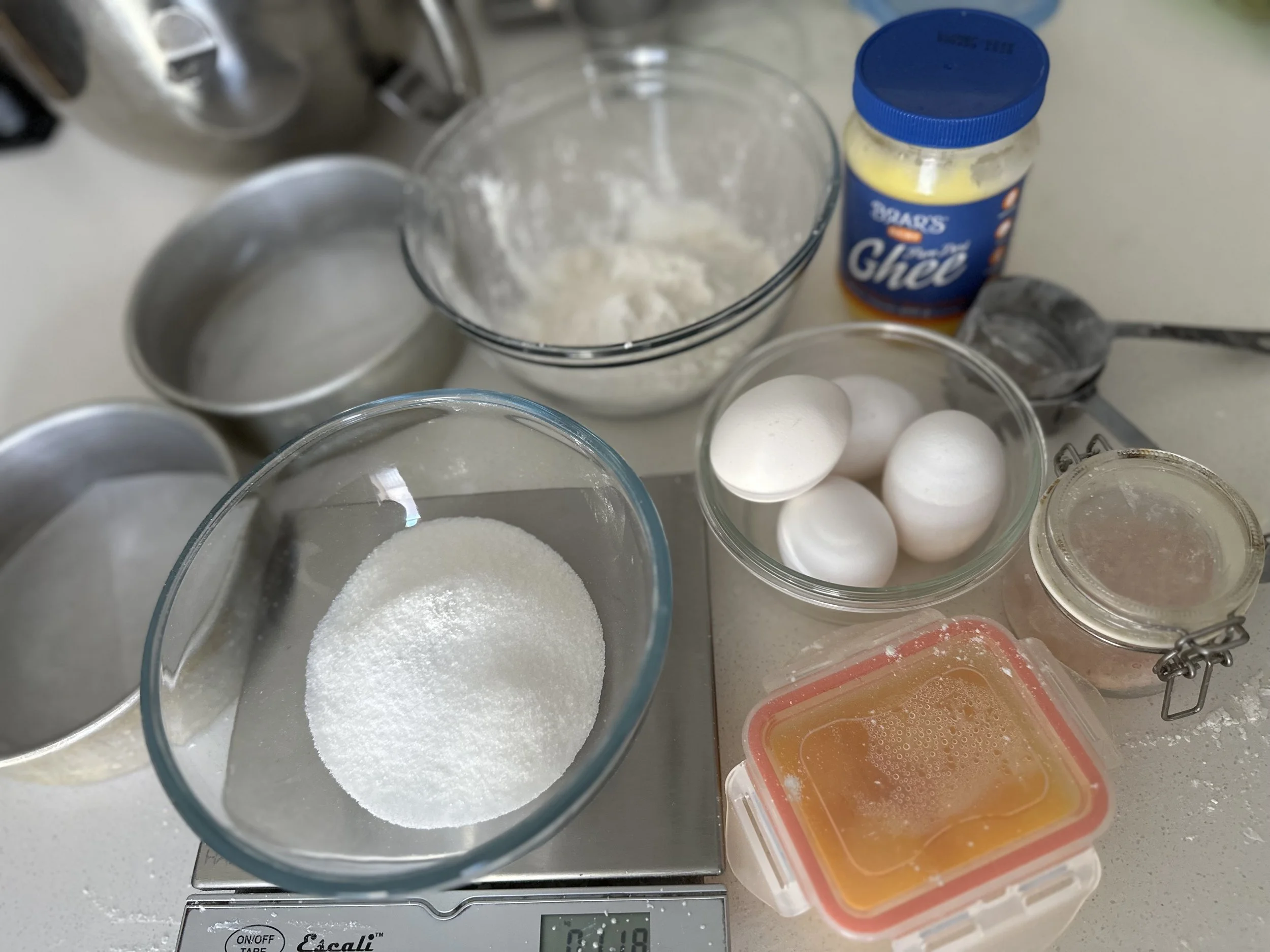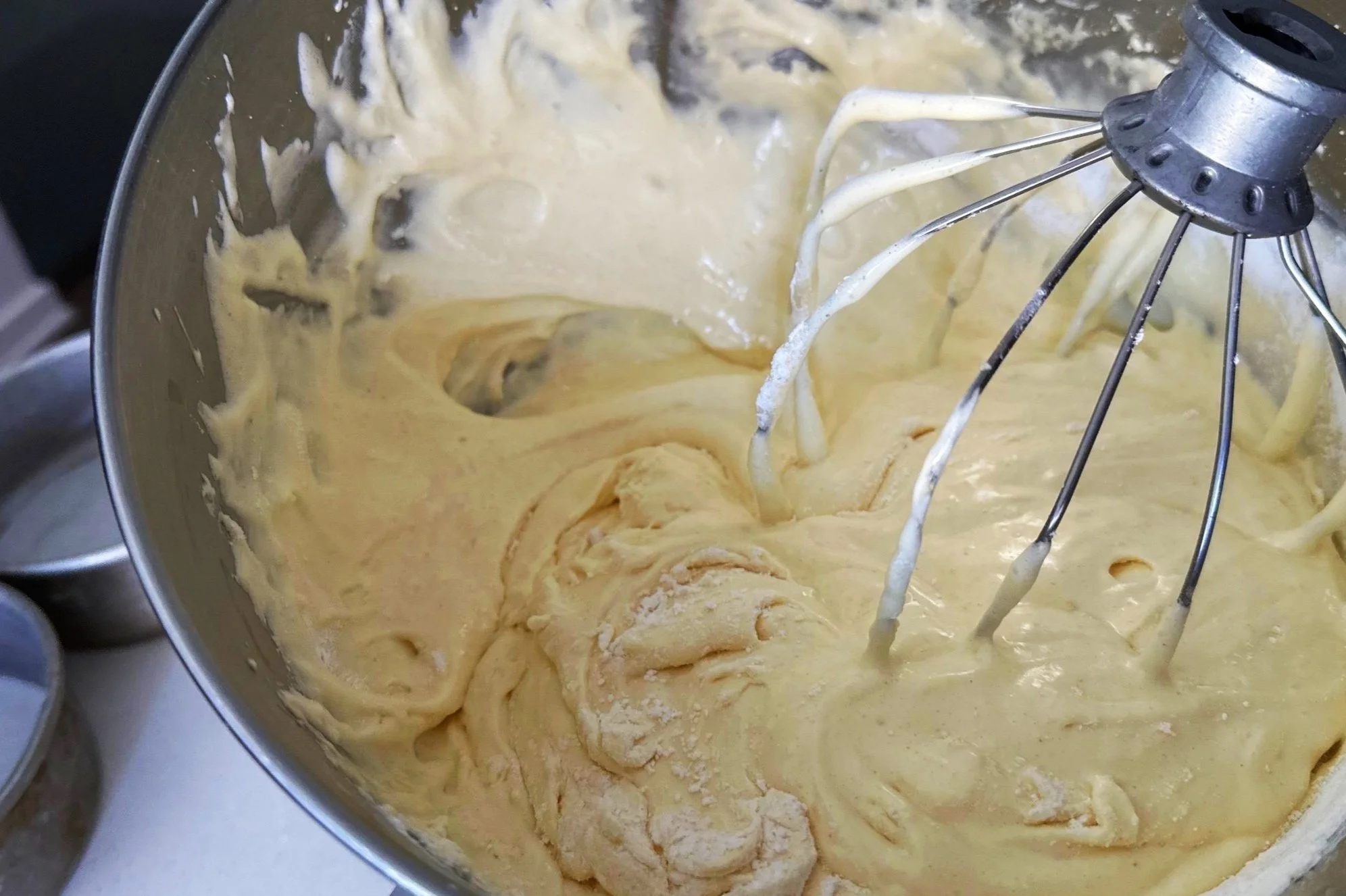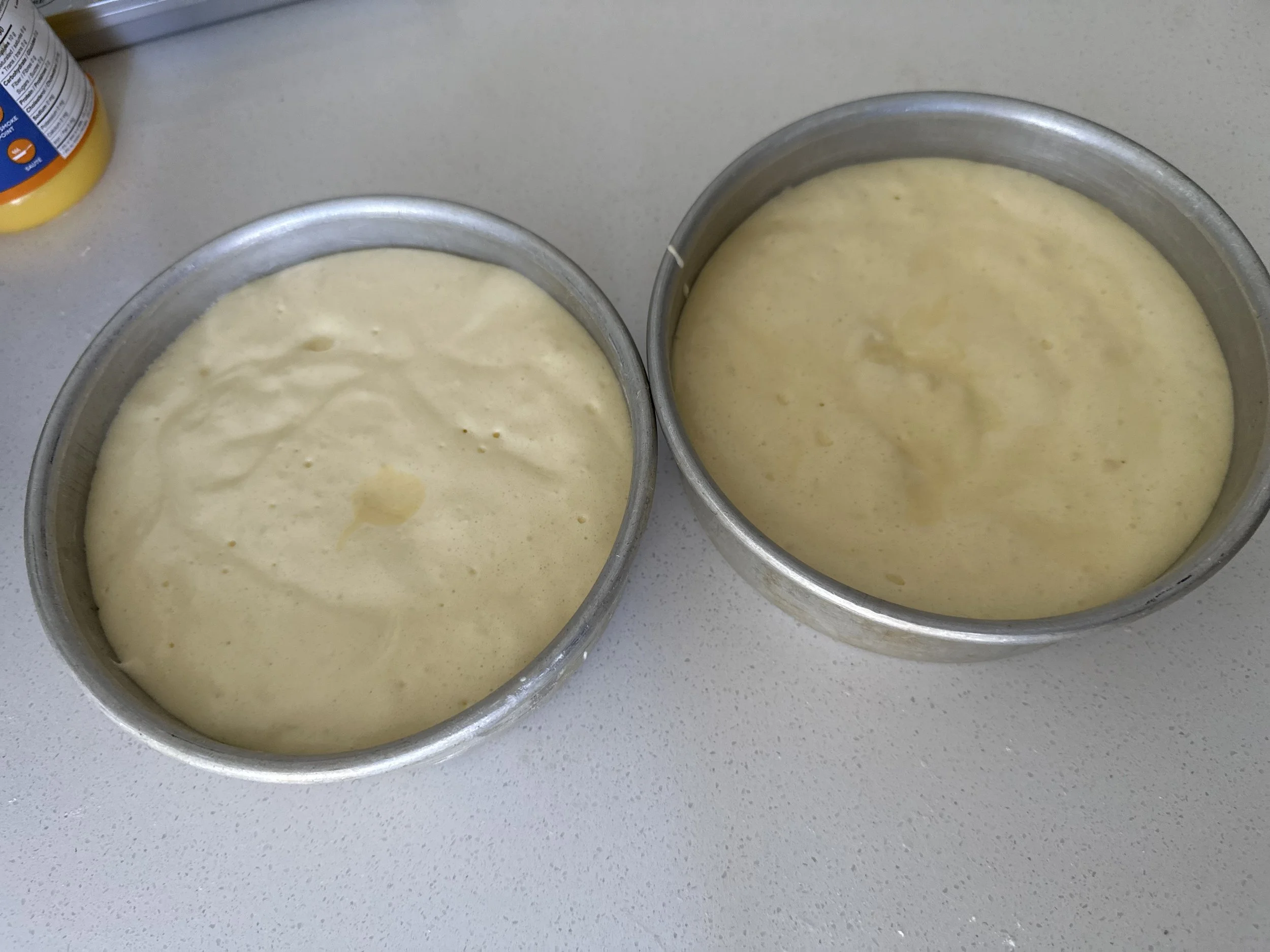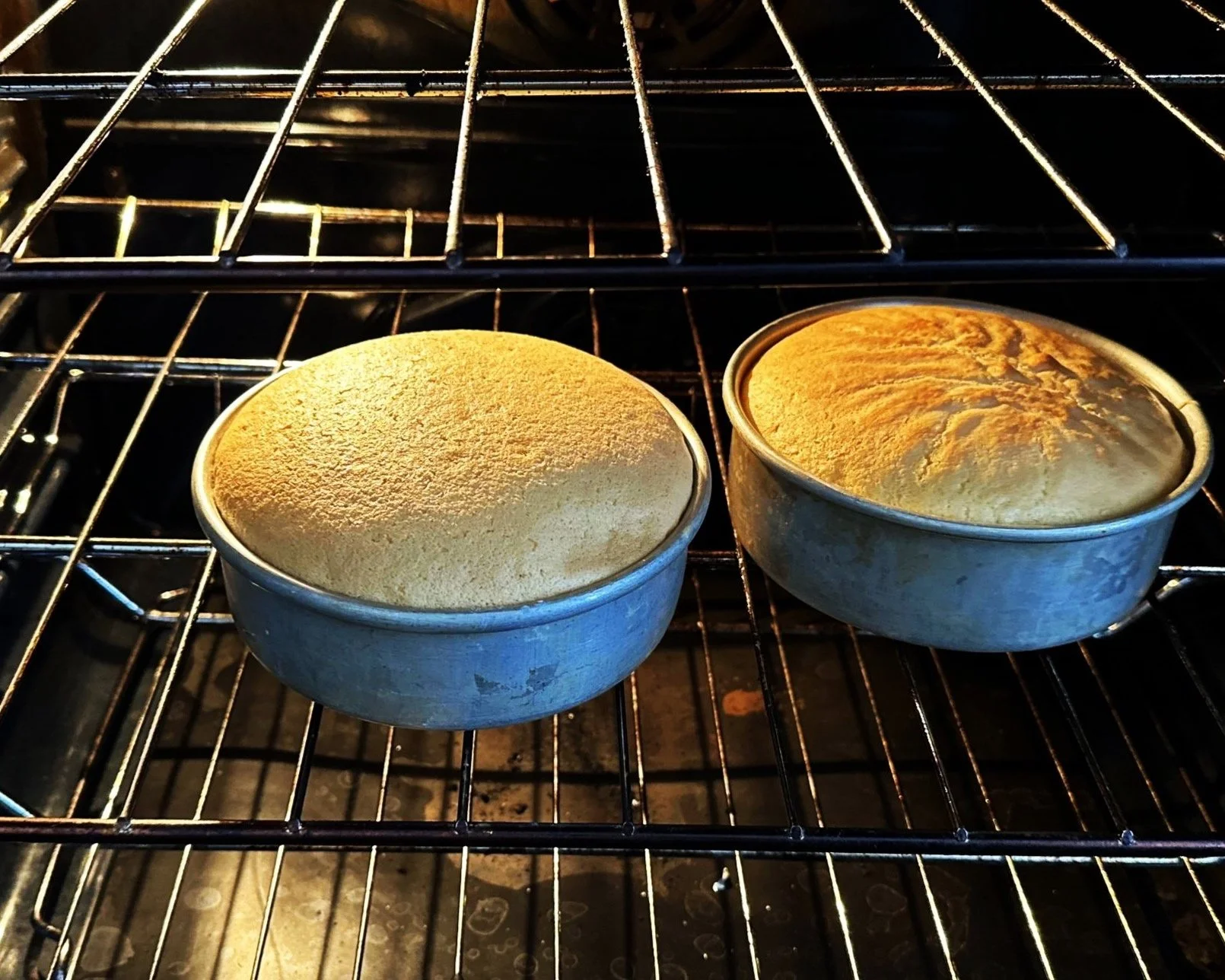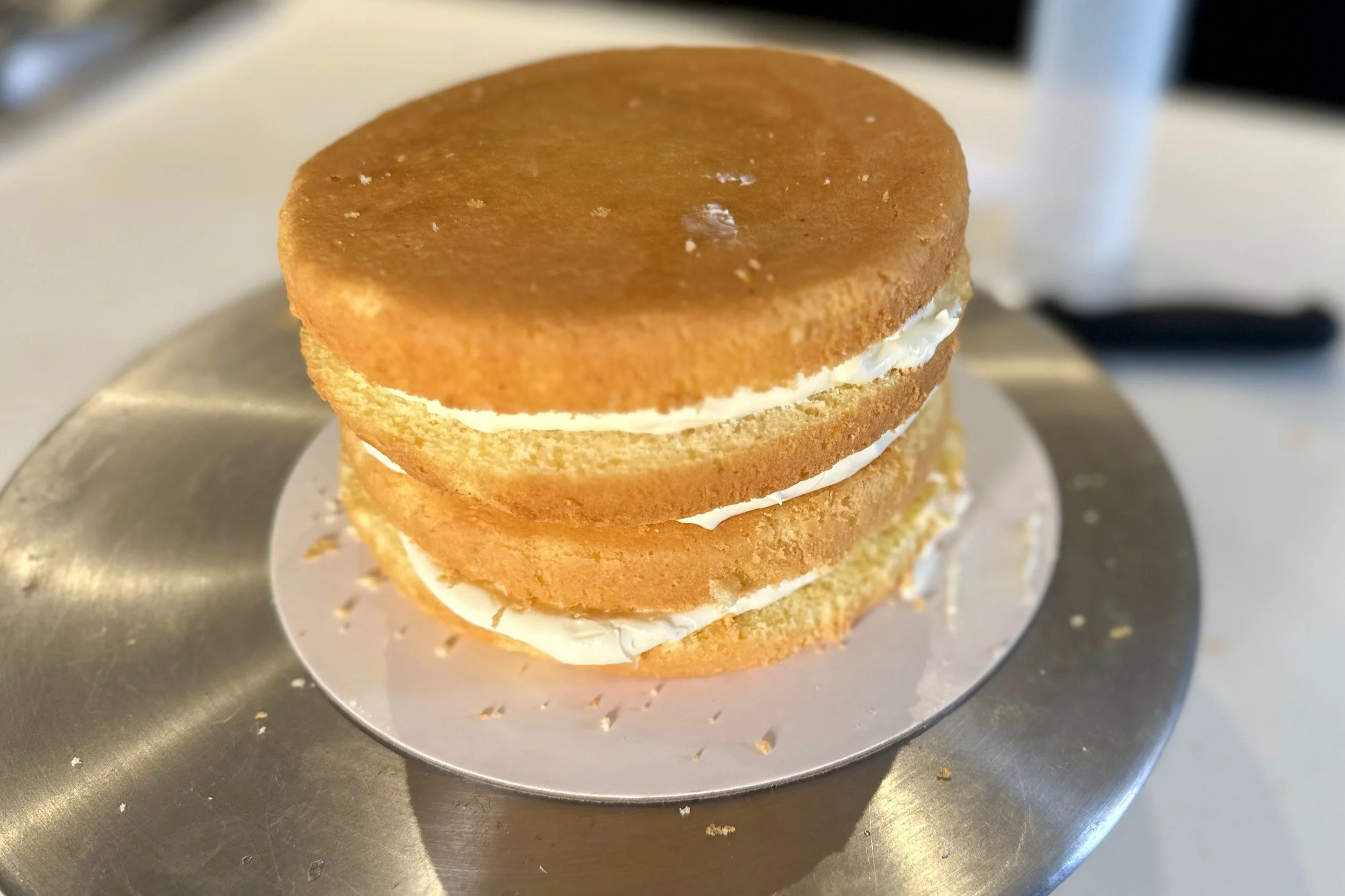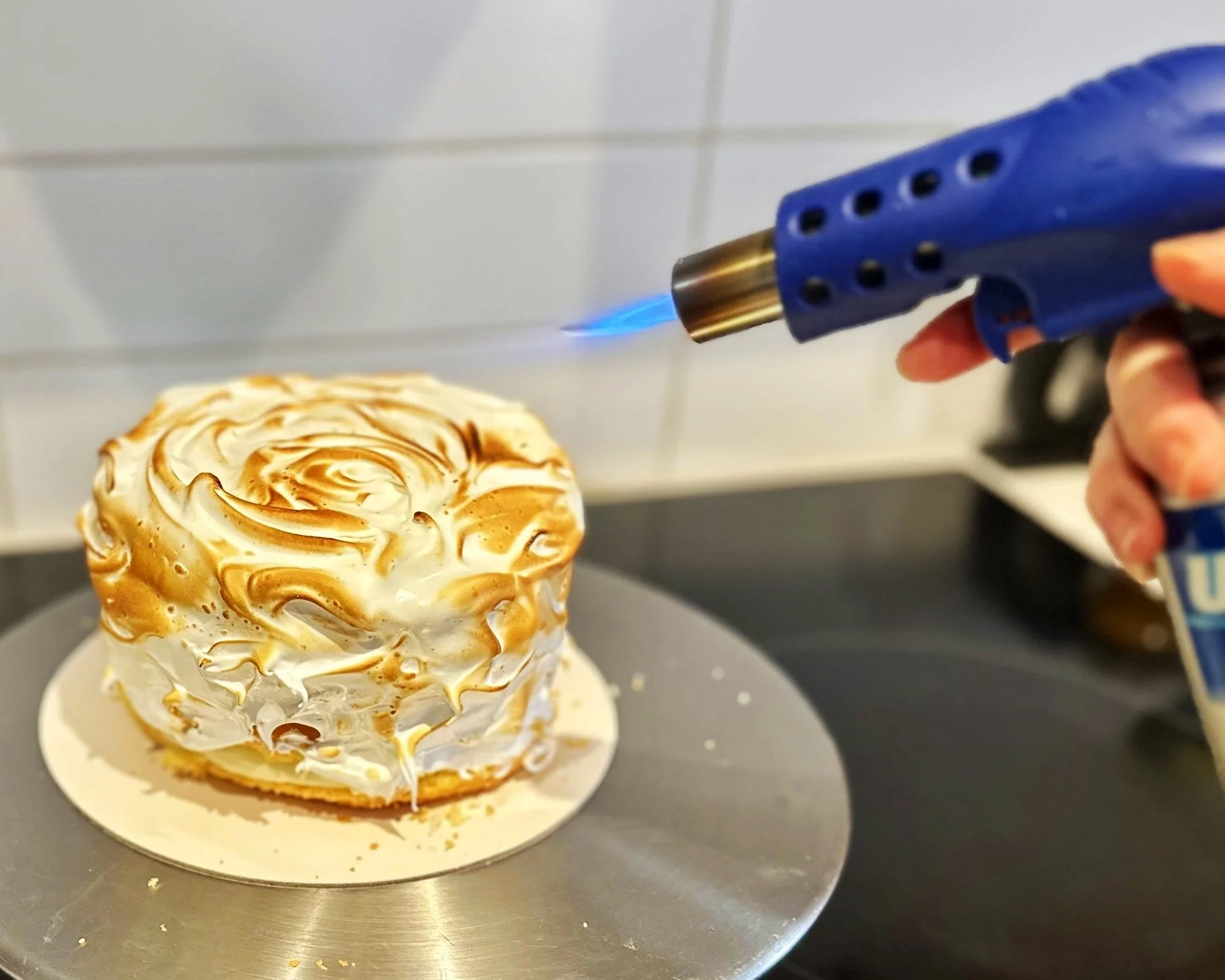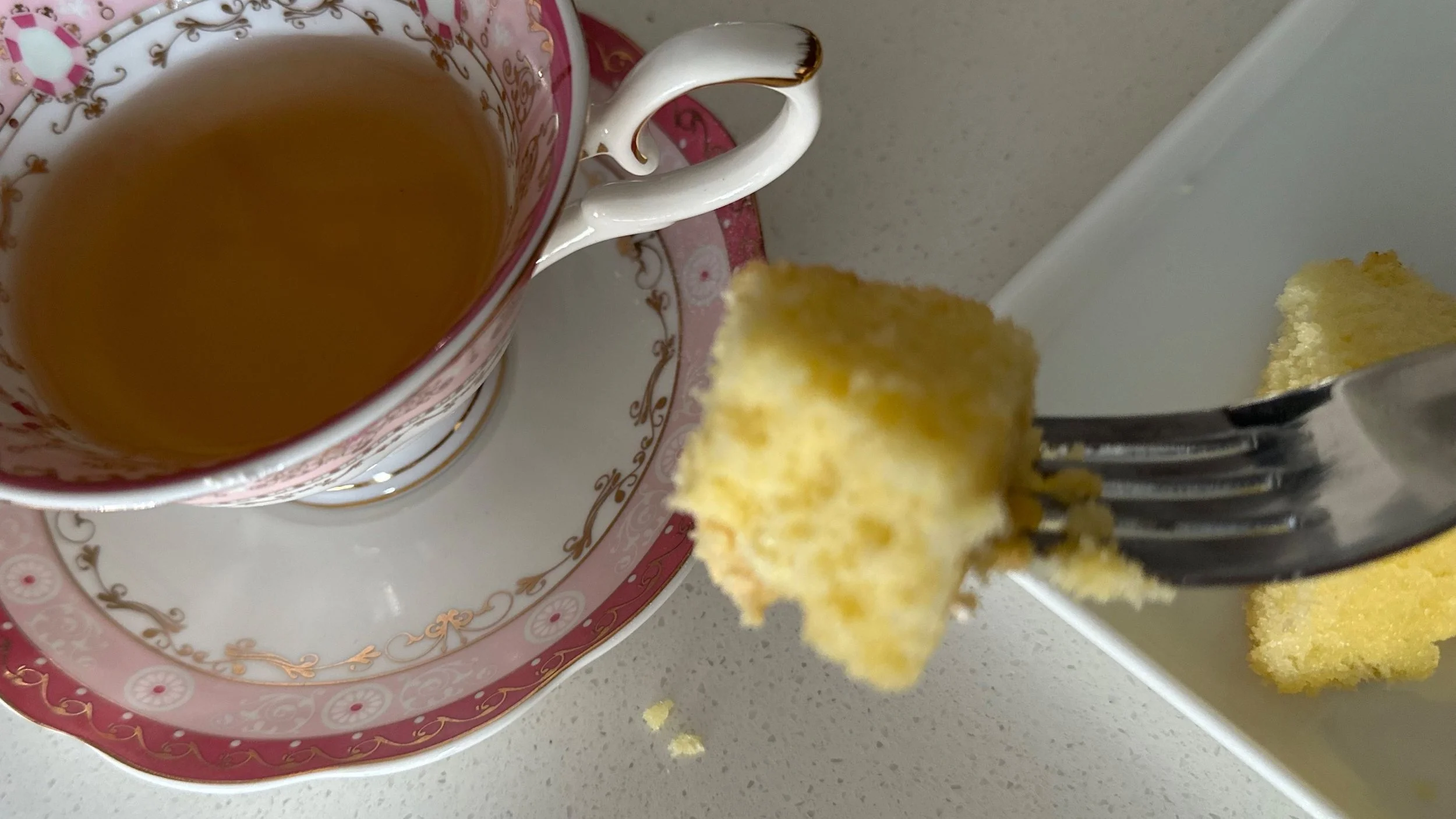Genoise Sponge
I have a vivid recollection of my mother expertly crafting birthday cakes for us, relying on a charcoal stovetop in the absence of a conventional oven. Her decorating style was refreshingly simple, often featuring genoise and buttercream bánh kem. Interestingly, the French method bears a striking resemblance to bánh bông lan, owing to its historical influences. We consider ourselves fortunate to have embraced these French baking techniques, as the differences between the two styles are minimal. We use the same basic ingredients, though they are adapted to our local context.
She would bake the cake on the charcoal stove, pouring the batter into a cast-iron pot, covering it with a lid, and piling charcoal on top. Sadly, the cake sometimes emerged a bit charred, which was disappointing for her, yet as children, we were just excited to enjoy the cake, regardless of its imperfections. On her next attempt, she paid closer attention to the process and adjusted the charcoal placement. The icing was made by whipping egg whites and sugar to create a French meringue, then incorporating soft butter. The cake was finished with a garnish of red maraschino cherries and finely chopped toasted peanuts around the edges. The taste of that cake is something I still cherish.
The aroma of freshly baked genoise wafting from the charcoal stove was utterly captivating. The cake, often whipped by hand and sometimes made with duck eggs, displayed remarkable skill. The combination of salted butter and French meringue created a deliciously unique flavor. When a friend from the city visited, my mother received a stand mixer and a pack of food coloring, and she quickly learned various buttercream techniques, including how to pipe beautiful rose rosettes and leaves.
When my sister received her first birthday cake, her excitement was palpable. Made with the new stand mixer and baked in a tin reminiscent of the charcoal ovens, the cake was a feast for the eyes, adorned with a pink rose and green leaves, and its taste was phenomenal. After we moved to the city, we met many new people and learned from talented chefs, building a vast collection of recipe cards. My mother forged friendships with those who taught her the fine art of creating exquisite genoise bánh bông lan; I still use this technique today, which consistently yields excellent results. The genoise we made in the city surpassed what she had previously baked. With the convenience of an electric stove, the baking became much easier, and the risk of burning was eliminated, resulting in a cake that was incredibly light and airy.
Genoise layers lemon curd and meringue
Tender crumb
I always have room for a slice of this cake. It’s the perfect comfort dessert food.
Yields:
1 small cake serve 10-15 people
Supplies:
Mixing bowl medium size or stand mixer
Spatula
Cake pans
Scale
Baking trays
Baking pan, loaf, Bundt
Genoise Sponge Recipe
Ingredients:
Two 6 in cake
50 g cornstarch /1/3 cup
110g all purpose flour /3/4 cup cake flour
4 large whole eggs
2 egg yolks
130g sugar
30g melt butter /2 tbsp melted butter
2 tsp lemon juice
2 tsp water
1 tsp vanilla/package sugar vanilla
Beat on stand mixer 15-20 minutes
Steps:
Combine whole eggs egg yolks, sugar, a pinch of salt and vanilla in a mixing bowl of a stand mixer
Beat the mixture for 15 minutes until it reaches the ribbon stage.
Add lemon juice and water at 1-2 minute intervals,
When you reach to the ribbon stage. Incorporate the flour in the batter in three additions
To prevent sinking, combine a the melted clarified butter with a small amount of the batter before incorporating it into the mixture
Briefly mix the butter mixture and batter.
Divide the batter evenly among prepared pans
Bake at 350 degree in Fahrenheit for 15-20 minute or until a toothpick comes out lean, indicating a cake with golden light color and fine crumb texture.
How to Make Clarified Butter
1. Cut the butter into pieces: Cut 1-2 sticks of unsalted butter into small pieces to help them melt more evenly.
2. Melt the butter: Place the butter pieces in a medium saucepan over medium heat. Let the butter melt and simmer for about 5-7 minutes.
3. Skim the foam: As the butter melts, a foamy layer will form on top. Skim off this foam with a spoon and discard it.
4. Continue simmering: Continue simmering the butter for another 5-10 minutes, or until it turns a light golden brown and has a nutty aroma.
5. Strain the butter: Remove the saucepan from the heat and let it cool slightly. Strain the clarified butter through a cheesecloth or a fine-mesh sieve into a clean container. Discard the milk solids.
6. Let it cool and solidify: Let the clarified butter cool and solidify at room temperature. Once solidified, you can store it in an airtight container in the fridge for up to 3 months.
Assembly: Cool the cake, slice it in half, and drizzle with lemon syrup. Fill with lemon curd folded into whipped cream and cover with French meringue. Torch the meringue for a finishing touch.
Some common mistakes to avoid :
Room Temperature Ingredients: Ensure that your eggs are at room temperature before you start. This helps them whip up better and achieve the desired volume.
Gentle Folding: When incorporating the flour and clarified butter into the whipped eggs, use a gentle folding technique. Overmixing can deflate the batter and result in a dense cake.
Even Oven Temperature: Make sure your oven is preheated and maintains an even temperature throughout the baking process. This helps the cake rise properly and prevents it from sinking or cracking.
Clarified Butter: Use high-quality, unsalted butter for making clarified butter. Be careful not to burn the butter during the clarification process, as this can give it a bitter flavor.
Proper Pan Preparation: Grease your cake pans properly or line them with parchment paper to prevent the cake from sticking and ensure even baking.
Avoid Common Mistakes: Be mindful of common mistakes such as overmixing the batter, insufficiently beating the eggs, and not greasing the pan properly.
Relate topic recipes:
Lemon curd recipe: Click here
French meringue recipe: View recipe here
Cream Cheese Frosting Recipe

